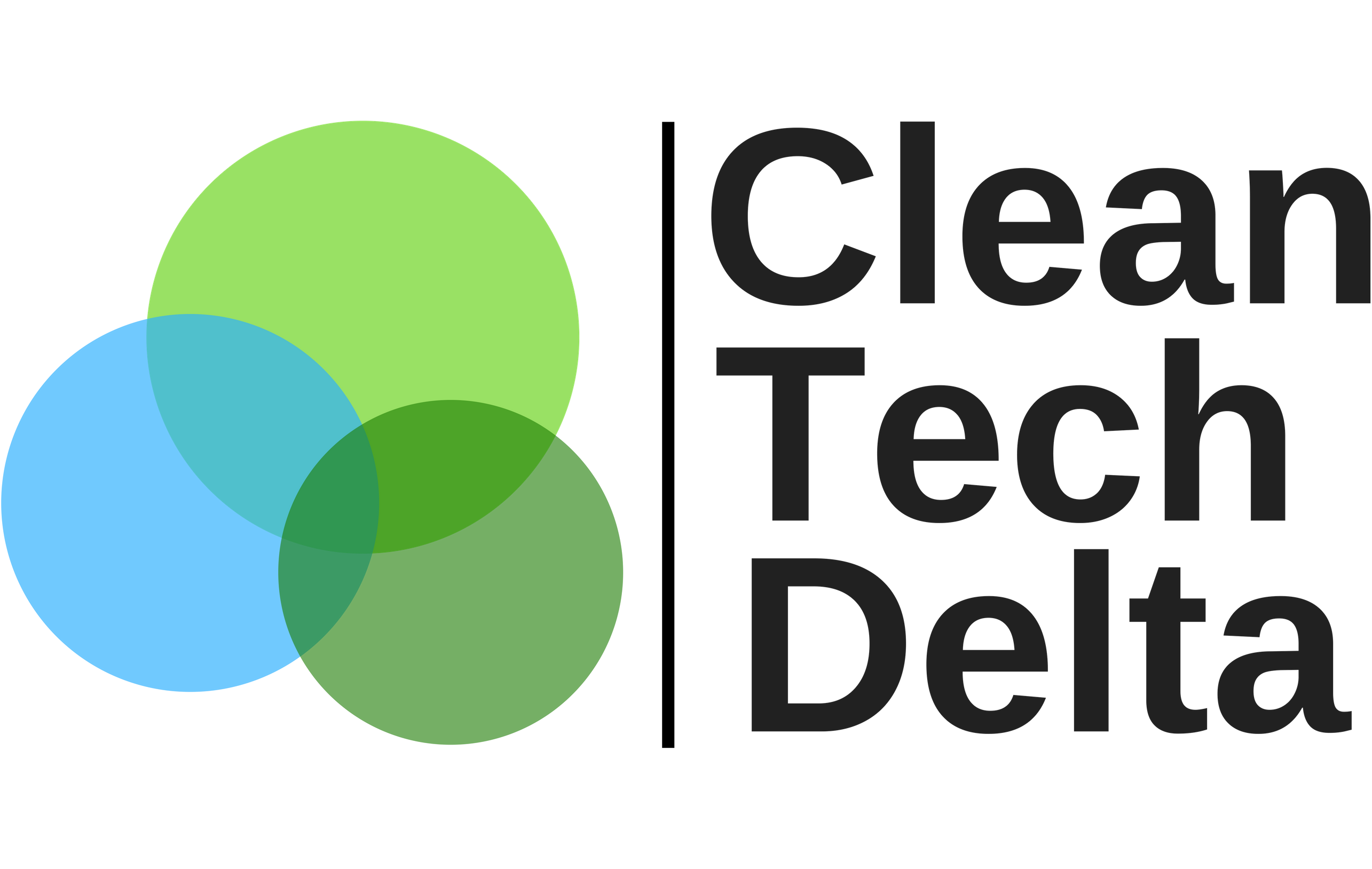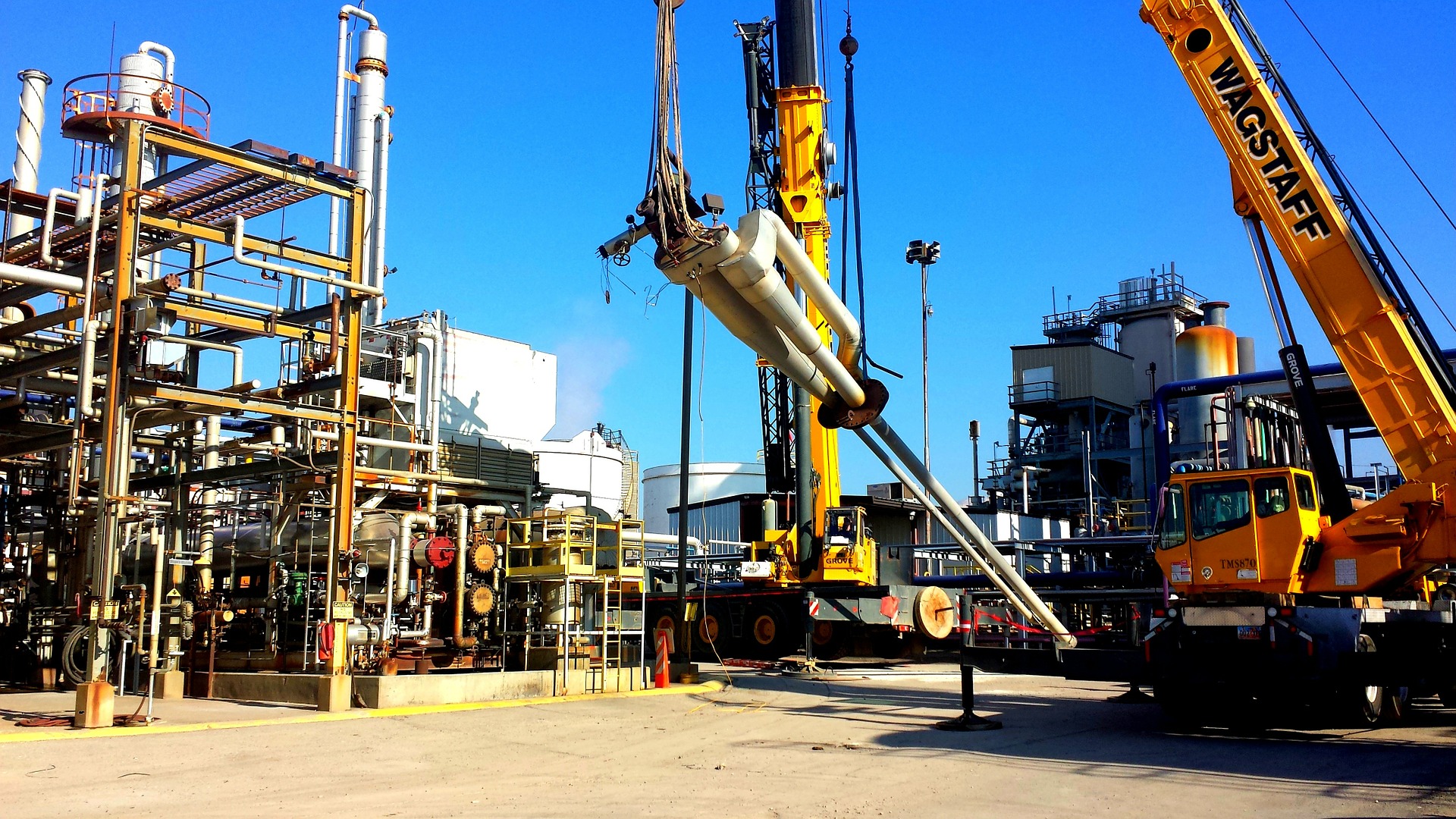“Opportunities from waste, English government published a study”
Building a high value bioeconomy
The harnessing of biological resources or bioprocesses to produce food, fuels and chemicals is not new. For thousands of years wood has been used for energy, agriculture has focused on boosting and sustaining food production, and microbes have been exploited to produce ethanol. In the early 20th Century, we saw the introduction of commercial scale production of citric acid and penicillin via microbial fermentation.
More recently this range of endeavours has been grouped into a concept called the “bioeconomy”; the economic activity derived from utilising biological resources or bioprocesses to produce products such as food, energy, and chemicals. By considering a systems-level approach, we can address the complexity of the biobased systems that can be exploited sustainably for economic gain. This report looks at one part of this system, those pathways based on the UK’s waste resources.
The Government agreed with the conclusion of the March 2014 House of Lords Science and Technology Committee report, ‘Waste or resource? Stimulating a Bioeconomy’, that there is an enormous opportunity for growing the bioeconomy using a range of feedstocks, including waste. We undertook to oversee the delivery of a long-term plan for realising a high value bioeconomy, with an initial focus on waste as a feedstock.
The UK has a world-class science base in this area and many UK businesses are already leading the way to a more sustainable and efficient approach to resource use and management through innovative processes and technologies.1Today there are at least 121 industrial biotechnology businesses established in the UK , and many more can benefit from the application of industrial biotechnology processes for non-fossil based feedstocks for product development. Commercial scale production facilities in the bioeconomy arena are becoming a realistic prospect across a range of thermo-chemical and (bio)chemical processes. However, there is clearly more to be done to realise the potential for new investment, supply chain regrowth and a step change in the contribution to economic growth and jobs from this nascent sector.
As the House of Lords report highlighted, it is not possible to be definitive about the size of the bioeconomy or of the potential contribution that waste can make to economic returns at this stage. There is, nonetheless, a shared consensus that the opportunity is in £billions not £millions. Our own estimated projection for the wider bioeconomy highlighted in the Lords report suggests that we could be looking at a total economic market of around £100 billion per annum, of which waste-based resources would make a significant contribution. Some other economic assumptions, which have not been formally evaluated are:
- The Chemistry Growth Partnership’s ‘Strategy for delivering chemistry-fuelled growth of the UK economy’ identified scope to grow the gross value added of the chemical and chemistry-using sector from £195 billion to £300 billion by 2030, with the acceleration of innovation a key platform for achieving that growth. It highlights that utilising biomass or waste as a material could bring potential long-term benefits of £8 billion over the period to 2030 and is an essential focus for increasing the opportunity for innovation. Alongside these new materials the adoption of smart industrial biotechnology manufacturing processes is highlighted as playing a strong role in achieving the projected growth ambitions, with estimated economic potential of £4 billion to £12 billion per year.
- Figures captured in the Lords’ report suggest the scale of opportunity might be:
- Significant waste feedstock availability in the UK, including at least 100 million tonnes of carbon containing waste generated each year, and at least 14 million tonnes of bio- based residues from crops and forestry sources each year.
- Of this, there is probably about 25 million tonnes of waste available which, with the right technology approach, could be converted into roughly 5 million tonnes of bioethanol with a potentially material impact on fuel supply with a value of around £2.4 billion.Government, through its partners, is therefore working to substantiate the size of the economic opportunity from industrial biotechnology in the UK, including to identify the role that waste streams can play in realising that opportunity. This research will conclude later this year.
Read more
Building (2015) Building a high value bioeconomy. London: Crown


